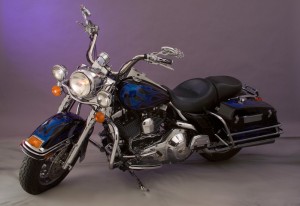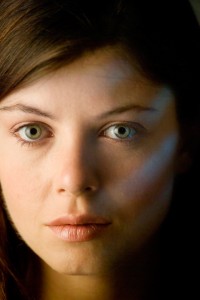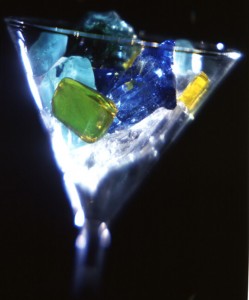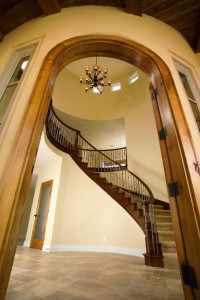When I started taking photographs an automatic camera was one that stopped the lens down to a pre-selected aperture when you pressed the shutter button. This allowed you to view, and compose your image with the lens wide open. So it was an important and useful feature. It wasn’t until the mid seventies that built in meters that actually set the aperture of the shutter speed became common; of course this feature was called automatic exposure. At about the same time the first automatic strobes were introduced.
Automatic exposure worked pretty well back then, and it still does. I suppose the biggest reason is that people don’t usually choose to make pictures of the kind that will screw up a meter: say, white cows in the snow. Still, even with today’s cameras, if you want to make a picture that is supposed to be mostly dark, or mostly light, the meter will probably screw up. The meter can’t see the picture, it just tries to capture a pre-set amount of light, and then close the shutter. Since we now have digital cameras with instant feedback and raw capture, so that we can tweak images, almost all pictures can be properly exposed.
Automatic strobe has not worked out nearly as well. The big reason is that we are looking at the light we want when we shoot ambient light, but with any kind of strobe we can’t see how the light will look. Consider this scenario: bride and groom’s first dance. The ballroom has twenty-five lights, including recessed lights, spots and a couple of chandeliers. You come in, with your strobe on the camera, and the camera set to the sync speed. Now the ballroom has one light, a little tiny light on top of your camera, you overpowered all the existing light in the room. Your shot looks terrible: hard shadows and glare spots on the bride. This is why so many people think that strobe light is bad. I have seen many pictures of parties in which the hosts must have handed out miners’ helmets, as the only illumination for the party. Everyone looks more or less like a deer caught in the headlights. The problem is not caused by strobe light: it’s caused by having all the light come from just above the camera and from a tiny light source.
Light looks better when it comes from more angles; the shadows are softer. So a bigger light source looks better, the same way putting a lampshade over a bulb looks better. Strobe, even automatic strobe, will never be as effective as automatic exposure, simply because we aren’t taking a picture of what we see, but of the light we brought. The reason I teach lighting is to give photographers control of light through understanding how it works.



